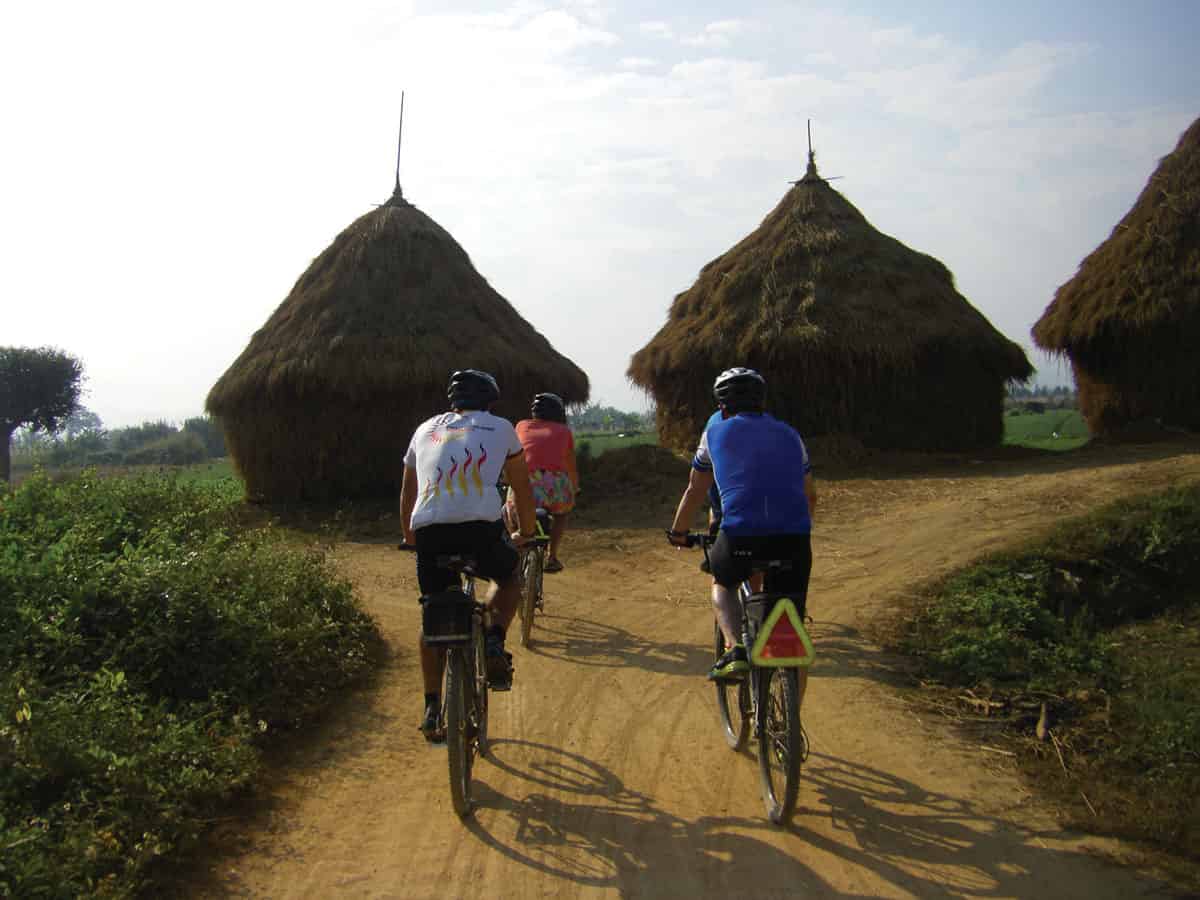
Exploring the Cultural Significance of Cycling in Different Countries
Cycling isn’t just about getting from point A to point B. It’s a lifestyle, a statement, and sometimes even a rebellion. Depending on where you are in the world, bikes mean wildly different things—whether it’s a symbol of sustainability, a tool for survival, or just plain fun. Let’s dive into how cultures around the globe pedal their way through life.
The Netherlands: Where Bikes Rule the Road
Honestly, if cycling had a capital, it’d be Amsterdam. Here, bikes outnumber people—there are over 22 million bicycles in a country of 17 million. Cycling isn’t a hobby; it’s how you commute, socialize, and even carry your groceries (ever seen a Dutch cargo bike?). The infrastructure? Impeccable. Dedicated lanes, traffic lights just for cyclists, and parking garages stacked with bikes. It’s a well-oiled machine.
Why does it work? Simple. The Dutch treat cycling like breathing—it’s just part of life. Kids learn to ride before they can spell. Seniors pedal well into their 80s. And if it rains? You throw on a raincoat and keep going. No big deal.
Japan: Precision and Pedaling
In Japan, cycling is less about speed and more about efficiency. You’ll see salarymen in suits riding mamachari (literally “mom bikes”) with baskets full of groceries or documents. The bikes are practical, often with built-in locks and lights. And the etiquette? Flawless. Cyclists stick to sidewalks (yes, sidewalks) but move like ghosts—silent, swift, and never in the way.
What’s fascinating is how cycling blends with Japan’s train culture. Many commute by bike to the nearest station, park in bike towers (automated parking systems that stack bicycles vertically), then hop on a train. It’s a seamless dance of wheels and rails.
Colombia: Cycling as a National Obsession
Here’s the deal: in Colombia, cycling is a religion. The country produces world-class cyclists like Egan Bernal and Nairo Quintana, but the passion runs deeper than racing. In cities like Bogotá, Ciclovía—a weekly event where streets close to cars and open to bikes—draws millions. It’s a carnival of cycling, with families, street performers, and food vendors turning asphalt into a playground.
And then there’s the ciclorutas—a network of bike paths that, while not perfect, show how a car-centric city is slowly embracing two wheels. For many Colombians, a bike isn’t just transport; it’s a ticket to upward mobility.
India: Bicycles and the Art of Jugaad
In India, cycling is equal parts necessity and ingenuity. In rural areas, bikes are lifelines—farmers use them to carry produce, kids ride them to school (sometimes three to a seat), and delivery men balance impossible loads. The cities? Well, it’s chaotic. Cycling lanes are rare, and sharing the road with rickshaws, cows, and scooters takes nerves of steel.
But here’s the twist: India is the second-largest bicycle producer globally, and brands like Hero Cycles are household names. The rise of cycling clubs in cities like Bangalore and Delhi hints at a slow but steady shift—where bikes are becoming symbols of health and eco-conscious living.
Denmark: Where Design Meets the Daily Ride
Copenhagen’s cyclists don’t just ride; they glide. The city’s bike culture is a blend of Scandinavian design and pragmatism. Bikes are sleek, often with Christiania cargo boxes for kids or groceries. The infrastructure? Think green wave traffic lights timed to cycling speed, and bridges exclusively for bikes. Over 60% of locals cycle daily, rain or shine.
What’s striking is how cycling here is effortless. No spandex, no racing—just people in everyday clothes, moving through the city with quiet efficiency. It’s a culture where the bike is an extension of the body, not a piece of sports equipment.
USA: The Uneven Rise of Bike Culture
America’s relationship with cycling is… complicated. In cities like Portland or Minneapolis, biking is booming, with dedicated lanes and bike-sharing programs. But in most places? Cars still dominate. That said, the pandemic sparked a bike boom—sales skyrocketed as people sought safe, open-air transport.
The cultural divide is stark. For some, cycling is a political statement (think Critical Mass rides). For others, it’s pure recreation. And then there’s the fixie subculture—urban riders who treat bikes as minimalist art. The U.S. may never be the Netherlands, but the wheels of change are turning, however slowly.
Vietnam: Two Wheels and a Symphony of Chaos
In Vietnam, cycling used to be the primary mode of transport—until motorbikes took over. Now, bikes are nostalgic relics for tourists or tools for street vendors balancing baskets of fruit. But in cities like Hoi An, cycling is making a comeback as a slow travel trend. Picture lantern-lit streets with riders weaving through the scent of pho and fresh herbs.
The charm? Cycling here isn’t about rules—it’s about flow. You merge into traffic like a fish into a school, trusting your instincts and the unspoken rhythm of the street.
Final Thoughts: More Than Just a Bike
Cycling isn’t just about the bike—it’s about what the bike means. Freedom, sustainability, survival, joy. Whether it’s a Dutch grandma pedaling to the market or a Colombian kid dreaming of the Tour de France, two wheels can carry a world of stories. And maybe that’s the beauty of it: no matter where you are, a bike is never just a bike.



Average Rating